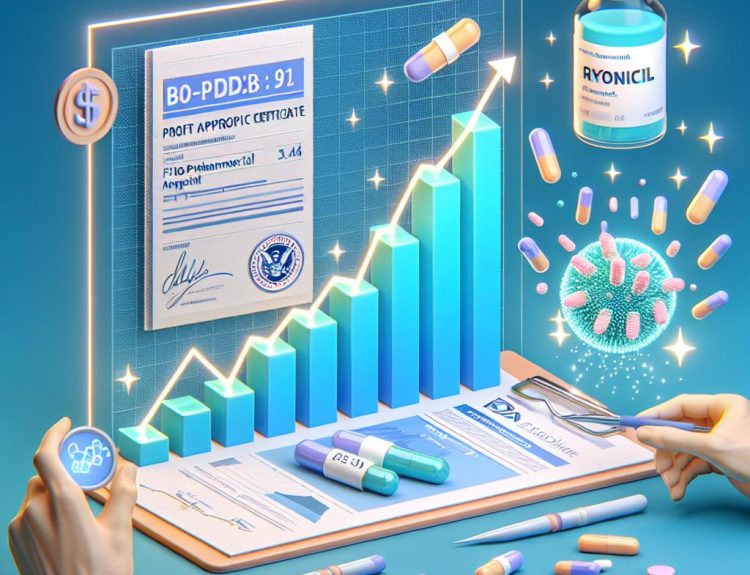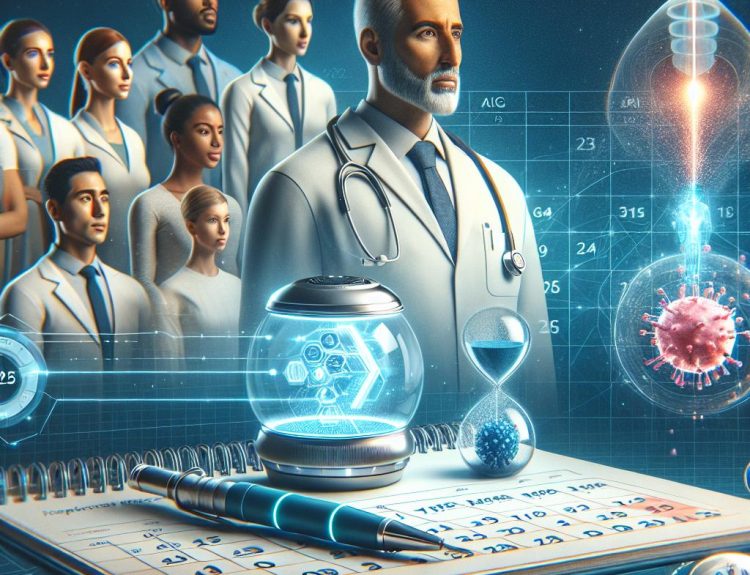Stratus Therapeutics has added Nobel laureate Ardem Patapoutian to its Scientific Advisory Board as it advances ST-101, an allogeneic, on-demand hematopoietic stem and progenitor cell therapy now in IND-enabling studies. The company’s platform is rooted in mechanotransduction biology, specifically the stimulation of PIEZO1, which has been shown to induce HSC generation in vitro. This research is positioning ST-101 as an immediate, T–cell–free graft designed for broad HLA compatibility, aiming to reduce donor-matching constraints and mitigate graft-versus-host disease.
The appointment is more than scientific star power. It signals a bid to legitimize a mechanobiology-derived manufacturing paradigm at a moment when transplant innovation is shifting from donor logistics to engineered, standardized grafts. The central strategic question is whether a T cell–depleted, PIEZO-driven product can consistently deliver rapid, durable engraftment with acceptable immune risk across heterogeneous patient populations—and whether it can do so at commercial scale under current regulatory scrutiny.
The timing matters. Access to matched donors remains a bottleneck in hematologic malignancies and bone marrow failure, with disparities particularly acute for patients of diverse ancestry. An inventory-based graft could compress time to transplant, potentially curbing pre-transplant attrition and infection risk. For HCPs, immediate availability reframes transplant scheduling and could streamline care pathways that now depend on registry searches, mobilization, and harvest windows. For payers, the economic proposition will hinge on demonstrable reductions in donor identification costs, length of stay, infectious complications, and steroid-refractory GvHD—balanced against the price of a manufactured cell product and the realities of inpatient DRG reimbursement. The absence of T cells may lower the acute and chronic GvHD burden, but it raises questions about early immune reconstitution. The inclusion of progenitors aims to address this issue and will need to be proven through studies on time-to-neutrophil and platelet recovery, infection rates, and relapse outcomes.
This move sits within a broader recalibration of cell therapy. Autologous modalities have delivered transformative efficacy but remain capacity-constrained and operationally complex. Allogeneic strategies are regrouping after mixed clinical and CMC experiences, with regulators elevating expectations on potency assays, product consistency, and comparability. Transplant-focused innovators such as Gamida Cell, with an FDA-approved ex vivo–expanded cord blood graft, and Orca Bio, with precision T cell engineering approaches, have reoriented the field toward standardized, optimized graft composition. Stratus is attempting a different route: mechanosensitive channel activation to enrich functional HSCs while excluding T cells and asserting broad immunologic compatibility. That compatibility claim will face rigorous testing, as host-versus-graft responses and conditioning intensity remain pivotal determinants of success regardless of donor matching.
For Commercial and Medical Affairs leaders, early planning should focus on trial design that resonates with transplant centers and payers, including randomized head-to-head comparisons against matched unrelated donor or cord blood standards, clinically meaningful endpoints beyond neutrophil recovery, and robust safety characterization of both acute and chronic GvHD. RWE strategies leveraging CIBMTR or similar registries will be essential to contextualize outcomes across centers and regimens. On the market access side, reimbursement will likely flow through inpatient DRGs; obtaining carve-outs or supplemental payments may require a path similar to NTAP, supported by compelling clinical and economic data. Medical Affairs will need to translate mechanotransduction into practical HCP guidance on patient selection, conditioning, and post-transplant management.
If Stratus can align manufacturing reliability, immune risk management, and a clean regulatory narrative, it could redefine the HSCT supply chain from donor-dependent to an inventory-driven one. The next signal to watch is how its first-in-human program sets comparators, conditioning intensity, and endpoints—will the data be strong enough to challenge donor matching orthodoxy and pull transplant workflows and payer policies into an off-the-shelf era?
Jon Napitupulu is Director of Media Relations at The Clinical Trial Vanguard. Jon, a computer data scientist, focuses on the latest clinical trial industry news and trends.







